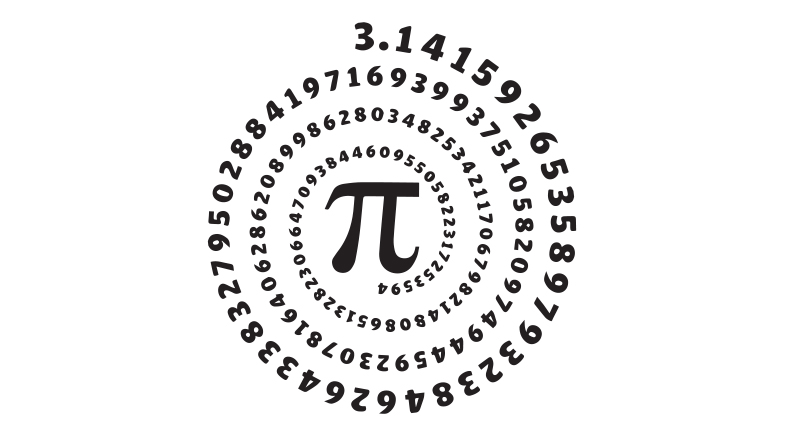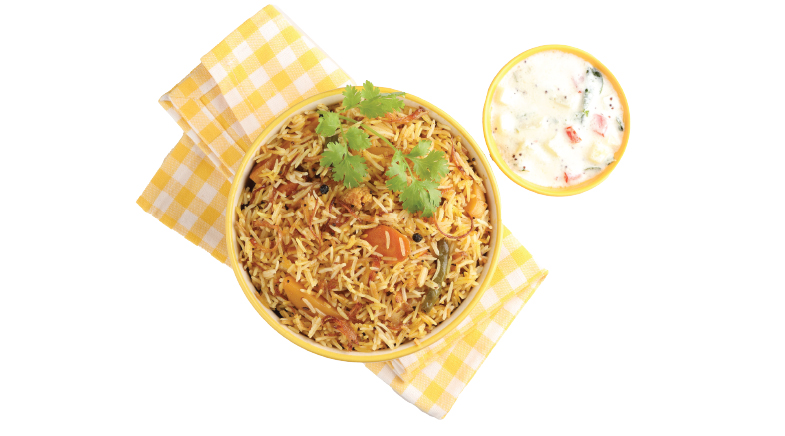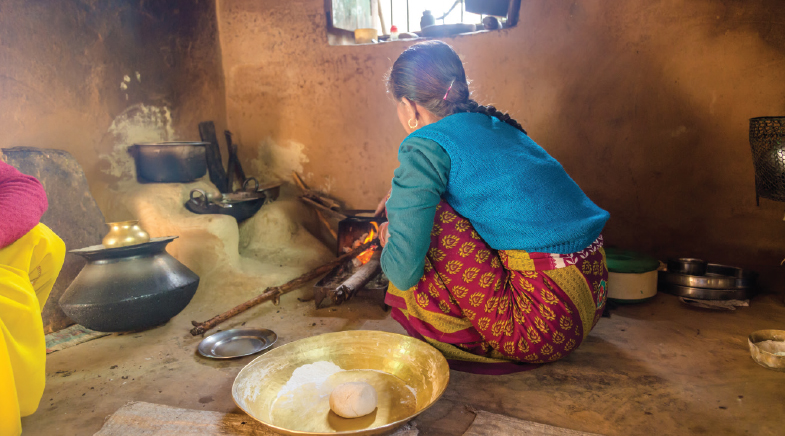A not-so-smooth ride for driverless cars
-
- from Shaastra :: vol 03 issue 07 :: Aug 2024

Self-driving cars are revving their engines, but safety concerns linger.
howindialives.com
howindialives.com is a database and search engine for public data
For decades, the automotive industry has been chasing the dream of self-driving cars. Recent advances in computing, communications, sensors, batteries and other related technologies have brought this vision closer to reality than ever before. Major tech companies and automakers are investing heavily in autonomous-vehicle technology, with some self-driving features already available in consumer vehicles. However, the widespread adoption of fully autonomous cars hinges on public trust and acceptance. As these systems continue to improve, gaining consumer confidence in their safety and reliability will be crucial.
GATHERING MOMENTUM
Consulting firm McKinsey estimates that ADAS (advanced-driver assistance systems) and AD (autonomous driving) could generate between $300 billion and $400 billion in the passenger car market by 2035, based on consumer interest and available technologies.

SAFETY FIRST
Self-driving cars promise more than just convenience and productivity gains. Their greatest potential lies in dramatically improving road safety. This is particularly crucial for countries like India, where over 150,000 lives are lost annually to road accidents, with a majority caused by human errors such as speeding.
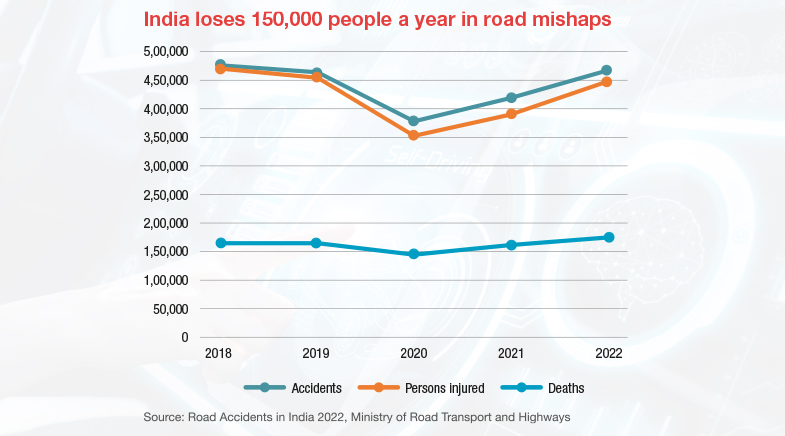
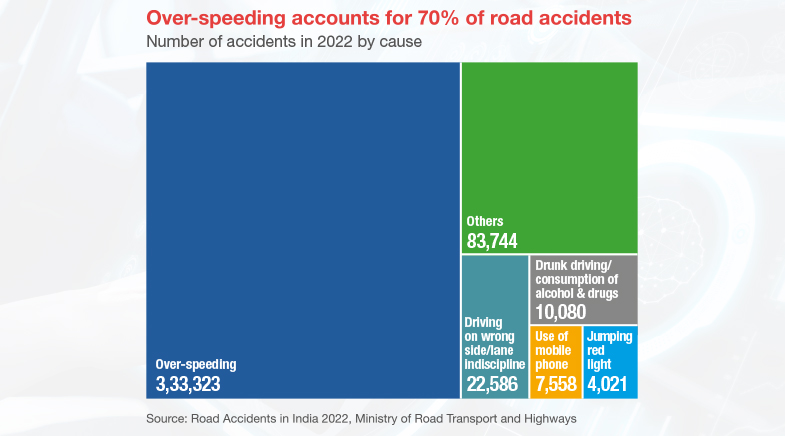
THE BIG PROMISE
Autonomous vehicles, equipped with advanced sensors and programmed to follow traffic rules, could significantly reduce these fatalities. Interestingly, consumer interest in self-driving technology is largely driven by the desire for enhanced safety features.

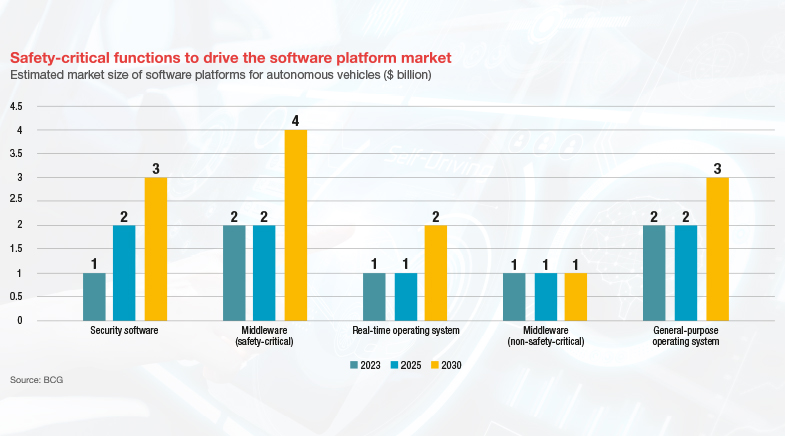
THE TECH DRIVERS
The development of self-driving cars has accelerated in recent years, propelled by advances in key technologies. The number of patent applications has increased 13 times in the 10-year period to 2019, according to IPlytics, a patent analytics platform. It has also benefited from developments in enabling technologies, including cameras, radar, and lidar, as well as communication and information technologies. EVs and hybrids have been a stepping stone for full self-driving cars, even as they introduced ADAS technologies. Thus, developments in electro-mobility have pushed the progress in AD/ADAS technologies.
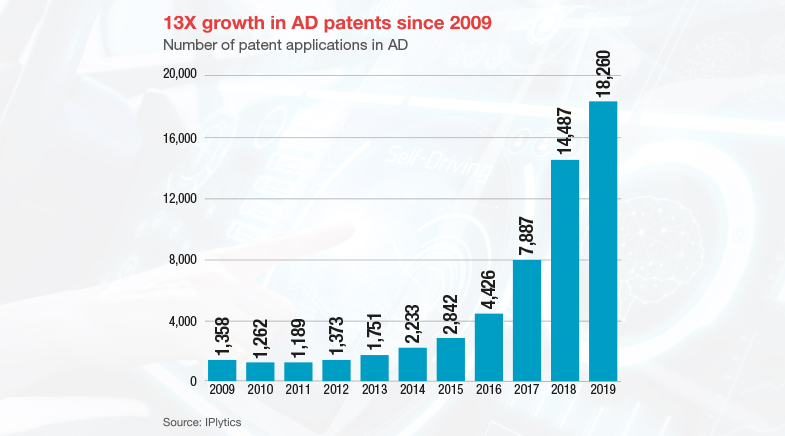
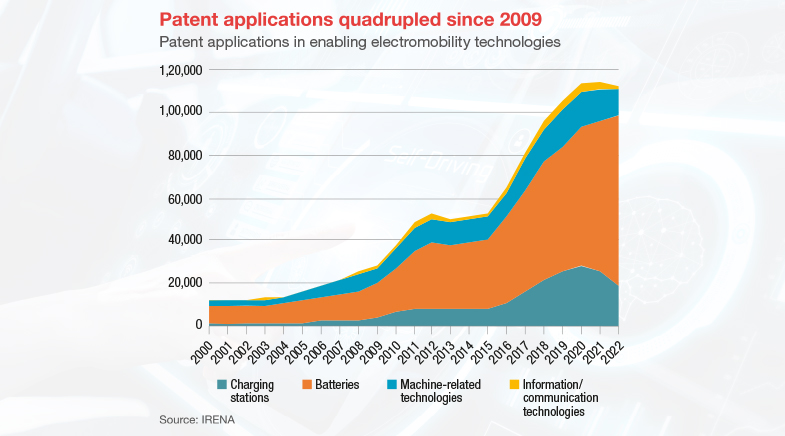
MARKET WARS
The race to dominate the self-driving car market has intensified, pitting traditional automakers against disruptive players. VCs have invested an average of $6 billion every year since 2017. In patents, traditional players dominate. However, in the market, other factors come into play. Each group is leveraging its strengths — established manufacturers with their production expertise and brand loyalty, and tech-savvy newcomers with their agile approach and software capabilities.

However, cracking the market is expected to be tough for both. While consumers are open to autonomous vehicles for the benefits they promise, widespread adoption hinges on establishing trust in the technology's safety and reliability. According to a survey by McKinsey, nearly two-thirds of respondents said they needed more safety to feel comfortable with self-driving cars. The victor in this high-stakes competition will likely be companies that not only perfect the technology but also successfully cultivate public confidence in their autonomous systems.
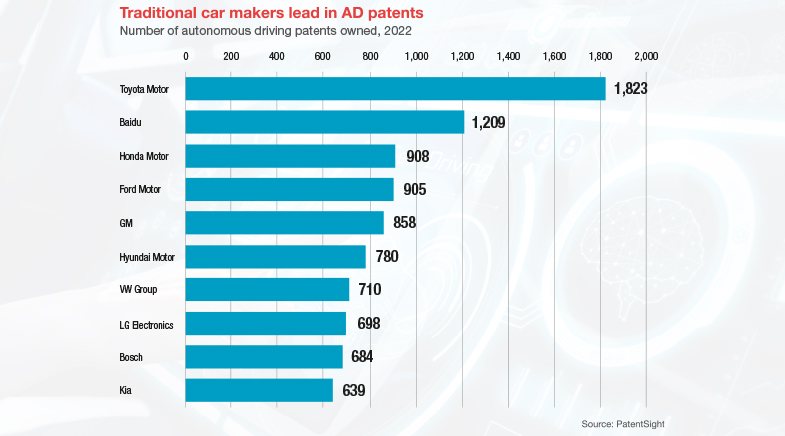
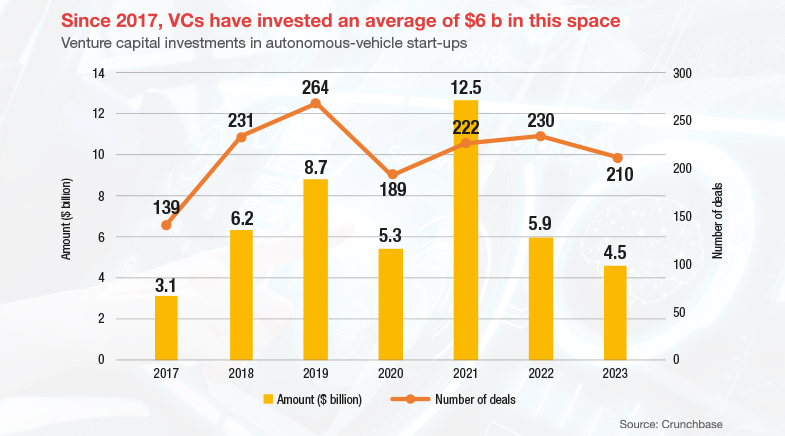
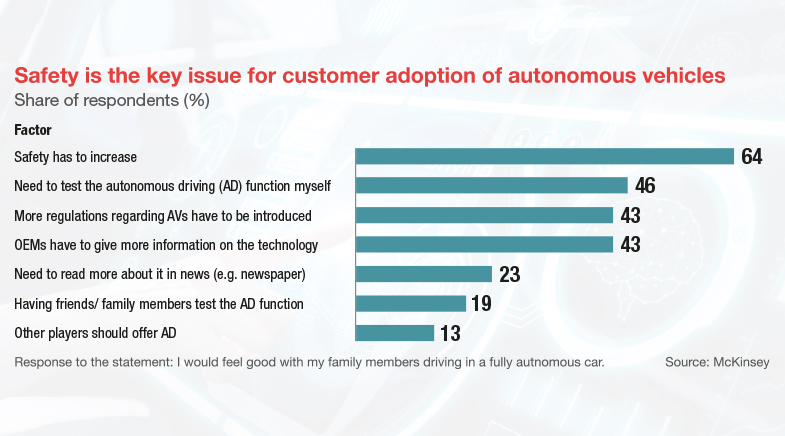
Have a
story idea?
Tell us.
Do you have a recent research paper or an idea for a science/technology-themed article that you'd like to tell us about?
GET IN TOUCH
